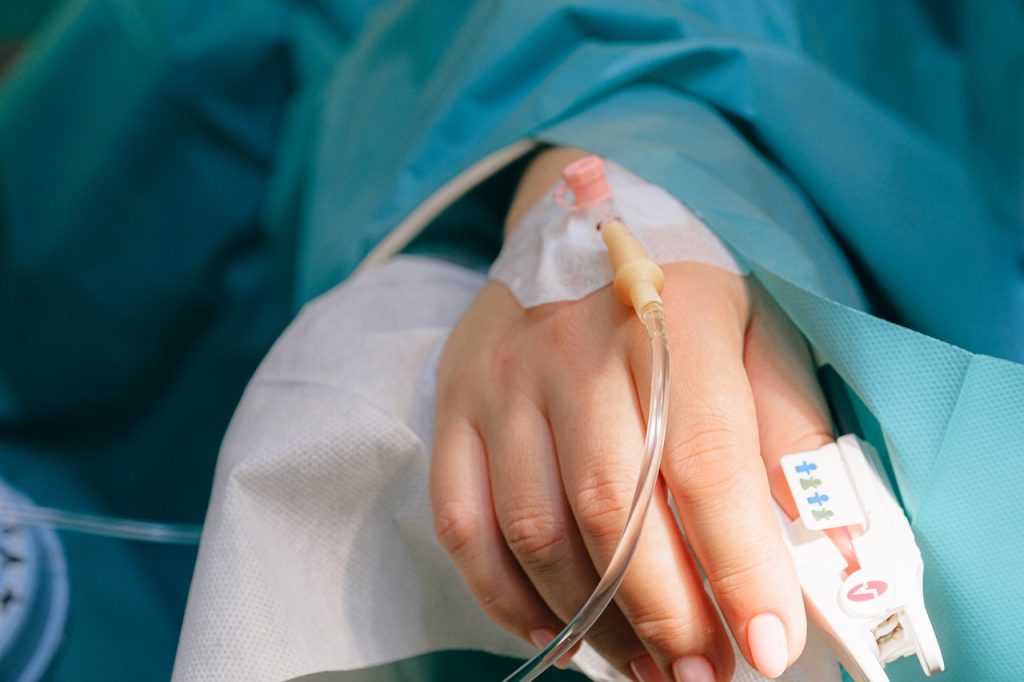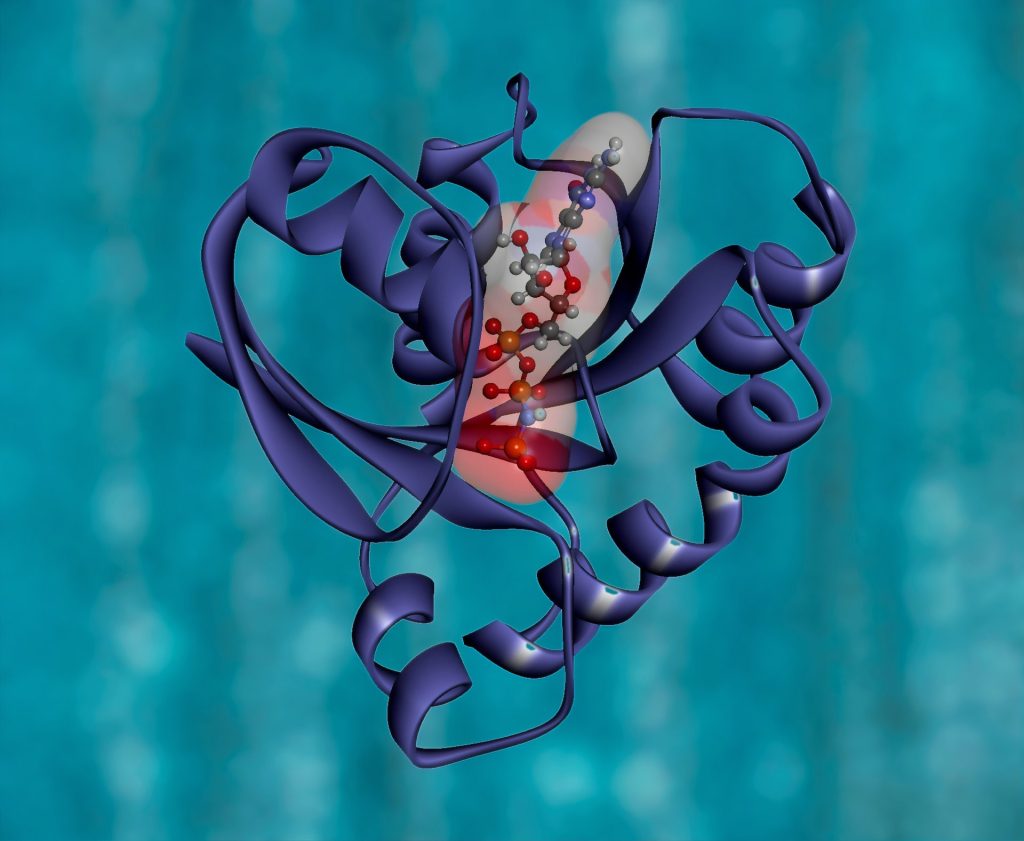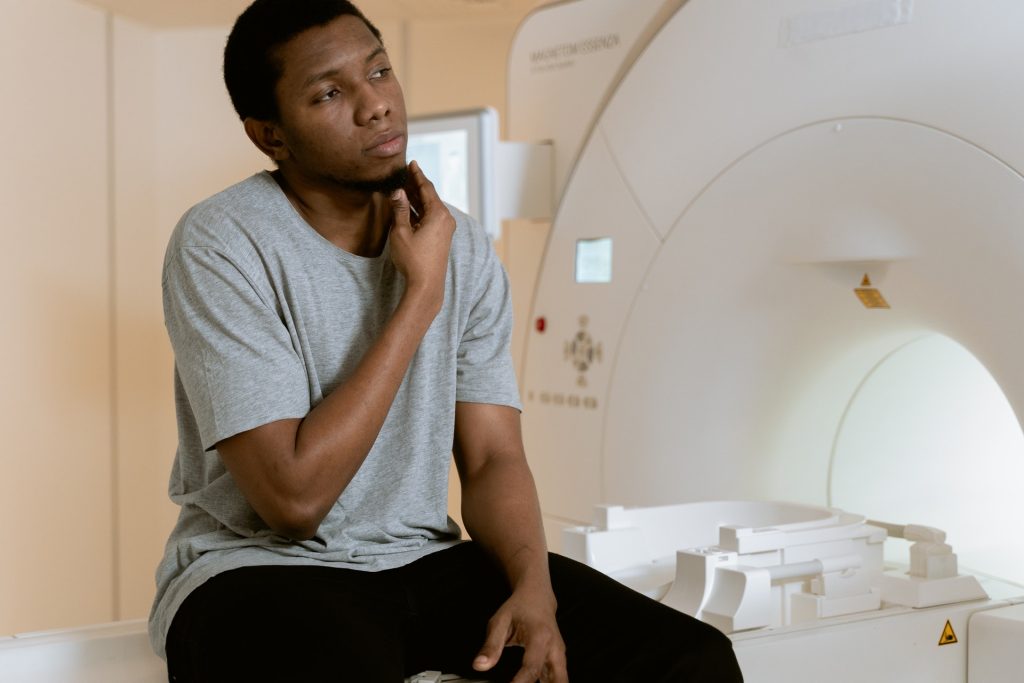Spotting Self-harming Risk for Adolescents a Decade in Advance

Researchers have revealed two subgroups of self-harming adolescents and have shown that those self-harming risk can be identified almost a decade before they begin self-harming.
The team, based at the MRC Cognition and Brain Sciences Unit, University of Cambridge, found that while sleep problems and low self-esteem were common risk factors, there were two distinct profiles of young people who self-harm – one with emotional and behavioural difficulties and a second group with different risk factors.
Between one in five and one in seven adolescents in England self-harms, such as by cutting themselves. Though self-harm is a significant risk factor for later suicide attempts, many do not plan suicide but face other harmful outcomes, including repeatedly self-harming, poor mental health, and risky behaviours like substance abuse.
Despite its prevalence and lifelong consequences, there has been little progress in the accurate prediction of self-harm, and until recently, little research in the area.
Drawing from a nationally representative UK birth cohort of approximately 11 000 individuals, the Cambridge team picked out adolescents who reported self-harm at age 14. With machine learning analysis, they were able to establish profiles of self-harming young people, with different emotional and behavioural characteristics. This information enabled them to identify risk factors present in early and middle childhood.
Since the data tracked the participants over time, the researchers could distinguish factors that appear at the same time reported self-harm, such as low self-esteem, from those that came before it, such as bullying.
The analysis showed that there were two distinct subgroups among young people who self-harm, with significant risk factors manifesting as early as age five, almost a decade before self-harming. Both groups were likely to experience sleep difficulties and low self-esteem reported at age 14, but other risk factors differed between the two groups.
The first group tended to have a long history of poor mental health, as well as bullying before self-harming. Their caregivers were also more likely to have their own mental health issues.
With the second group, however, self-harming was harder to predict early in childhood. One of the key signs was a greater willingness to take part in risk-taking behaviour, linked to impulsivity. Research suggests that these tendencies may make the individuals less likely to consider alternatives to self-harm. Relationship factors with their peers were also important for this subgroup, including feeling less secure with friends and family at age 14 and worrying more about the feelings of others as a risk factor at age 11.
First author Stepheni Uh, a Gates Cambridge Scholar, explained: “Self-harm is a significant problem among adolescents, so it’s vital that we understand the nuanced nature of self-harm, especially in terms of the different profiles of young people who self-harm and their potentially different risk factors.
“We found two distinct subgroups of young people who self-harm. The first was much as expected – young people who experience symptoms of depression and low self-esteem, face problems with their families and friends, and are bullied. The second, much larger group was much more surprising as they don’t show the usual traits that are associated with those who self-harm.”
The findings suggest the possibility of predicting who is most at risk of self-harm up to a decade in advance, creating a window of opportunity for intervention.
Principal investigator Dr Duncan Astle said: “The current approach to supporting mental health in young people is to wait until problems escalate. Instead, we need a much better evidence base so we can identify who is at most risk of mental health difficulties in the future, and why. This offers us the opportunity to be proactive, and minimise difficulties before they start.
“Our results suggest that boosting younger children’s self-esteem, making sure that schools implement anti-bullying measures, and providing advice on sleep training, could all help reduce self-harm levels years later.
“Our research gives us potential ways of helping this newly-identified second subgroup. Given that they experience difficulties with their peers and are more willing to engage in risky behaviours, then providing access to self-help and problem-solving or conflict regulation programmes may be effective.”
Source: University of Cambridge
Journal information: Uh, S et al. Two pathways to self-harm in adolescence. Journal of the American Academy of Child and Adolescent Psychiatry; DOI: 10.1016/j.jaac.2021.03.010






